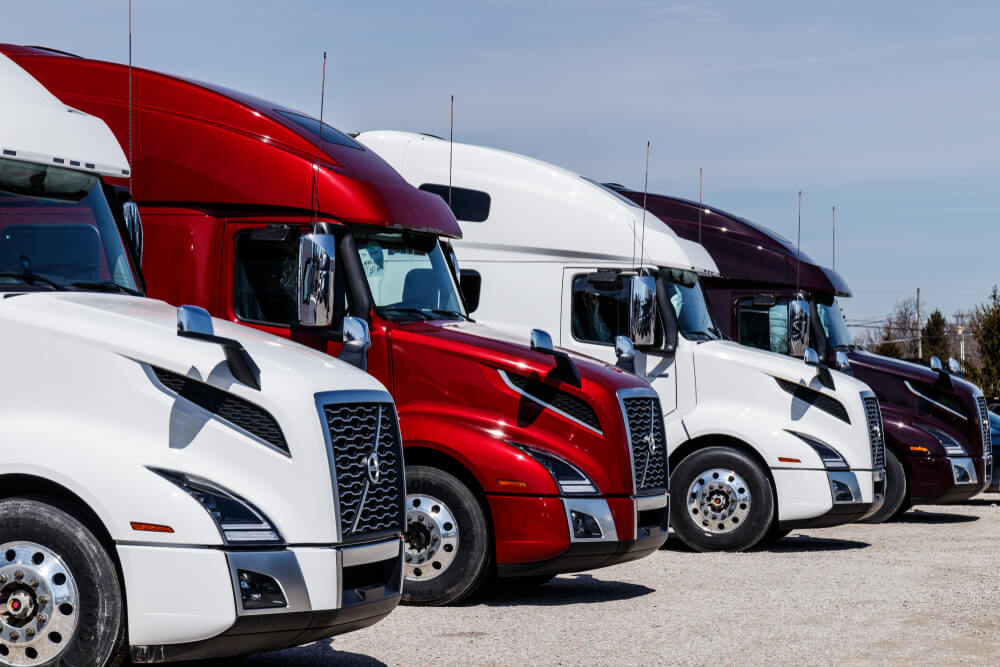
Although Class 8 orders reached a 2022 high watermark in August, fleet operators struggle with equipment procurement. Manufacturers continue to experience essential parts shortages, leaving freight haulers scrambling. During the recent FTR Transportation Conference, representatives from high-profile freight carriers expressed their frustration and talked about solutions.
Prime Inc purchasing agent Paul Higgins went on the record indicating that sticking with preferred makes, models, and suppliers has grown more challenging. The 8,000-truck outfit typically remains committed to three original equipment manufacturers. But supply chain sluggishness tasked Prime with brokering new relationships to
“We like our particular brands of tractors and trailers and want to be really good partners with our vendors. We prefer to have long-term relationships with our vendors and don’t want to be quick to switch,” Higgins reportedly said. “When we introduced another couple vendors, we don’t really know what the residuals are doing there. We’re not experienced with their repair network. We know the up-front price. But in a pandemic world, you’re just going to have to take some chances and plug some numbers in, because the sting of not having equipment is worse than having to make some of these guesses.”
Headquartered in Springfield, Missouri, the organization has reportedly extended the typical life cycle of its commercial vehicles beyond 600,000 miles. Through a series of coverages and extended warranties, Prime is inclined to retain tractors due to persistent supply chain concerns. There may no longer be 110 cargo vessels in a holding pattern off the coast of California but getting the critical semiconductors and other parts remains something of a crapshoot.
“It’s still the wild, wild west,” Higgins reportedly said.
Although Prime appears to be feeling equipment purchasing pressure, the national freight hauling operation enjoys advantages smaller fleet outfits do not. Prime onboards approximately 2,500 CDL holders annually and possesses the bandwidth to house them while freight requests are processed. But adding new tractors and trailers could prove challenging through the end of the year and beyond.
During the recent FTR Transportation Conference, Don Ake predicted that demand for equipment will continue to run hot. Manufacturers have not reportedly been able to meet backorders effectively. According to his estimates, North America needs another 150,000 Class 8 rigs.
“Regardless of what happens in the economy, unless it’s really severe, they’re going to replace those trucks,” Ake reportedly said. “That gives us some stability even if the economy has fluctuations.”
Upwards of 65,000 are needed to replace outdated trucks held by companies such as Prime. Another 85,000 would help expand existing fleets to meet consumer demand that has risen above pre-pandemic levels.
Orders for Class 8 vehicles are expected to hold steady through the first quarter of next year before rising during the second and third quarters. Ake does not anticipate orders slipping until at least the fourth quarter of 2023. All told, heavy-duty truck manufacturers could roll out 25,000 more tractors in 2023 than in 2022, if parts are available.
“The economy has to hang in there and generate freight. As long as freight is being generated, this forecast is solid,” Ake reportedly said.
Fleet operations may need to diversify their business partnerships to acquire the tractors, trailers, and services needed to grow with freight demand.
Sources: trucknews.com, ftrconference.com, ttnews.com











Leave a Comment